Inside The New York Botanical Garden
Archive: March 2011
Posted in Adult Education on March 11 2011, by Plant Talk
Ed. note: We offer many classes here at the Garden in a plethora of disciplines and at many levels, from “just for fun” to professional (see a pdf of the catalog here). But no matter how appealing the subject, the classes would be nothing without the instructors. On Plant Talk, we’ll introduce you to them, and their stories.
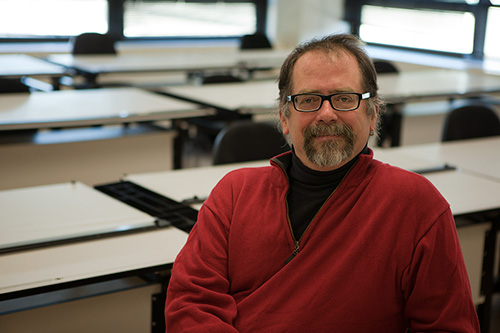 David Dew Bruner, Instructor, Landscape Design
David Dew Bruner, Instructor, Landscape Design
My grandparents were great plant people. My grandfather bred Camillias under high-canopied pine trees in Breaux Bridge, Louisiana. Walking under those pines was transcendental for me. As I grew older, the pine forest experience would happen under many other trees, in may other places. I would build little house-like structures and fountains and pretend I was somewhere else.
Wanting to continue experiencing that transcendental pine forest feeling in new places, off to landscape design school I went. I knew very little about the subject and didn’t even know how to draw; I was scared I would be kicked out. Having only used a pencil for math problems, I tumbled into the world of art and design like Alice down the rabbit hole and immersed myself in this new world. (Do not fear new students; you, too, can learn to draw as I did. It’s about practice!)
This slowly acquired love of art and design has shaped me to this very day. I now have an antique store and art gallery where every week something new and beautiful comes into my life to keep me humble and inspired. For similar reasons I feel lucky to teach at The New York Botanical Garden, for every new class of students filled with potential and wonder is for me like discovering an unknown painting and falling in love with it. The simple, direct questions new designers ask make me dig deep into myself for logical, honest answers.
Posted in Exhibitions, NYBG in the News, The Orchid Show on March 11 2011, by Plant Talk
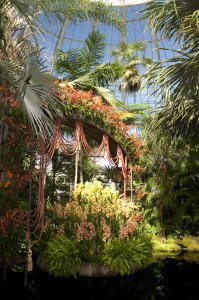 The Orchid Show: On Broadway has begun its limited engagement at the Garden, and it’s garnering rave reviews. The spotlight shines bright on The Orchid Show: On Broadway!
The Orchid Show: On Broadway has begun its limited engagement at the Garden, and it’s garnering rave reviews. The spotlight shines bright on The Orchid Show: On Broadway!
The New York Times featured interviews with several Orchid Show staff, including designers Scott Pask and Drew Hodges, and orchid curator Marc Hachadourian.
The definitive magazine for U.S. theatergoers, Playbill, created a slide show to display our botanical divas.
Meanwhile, Broadway World spread the exciting news about Hirschfeld’s Broadway Scrapbook, which tells the story of the Great White Way as seen by its foremost chronicler, Al Hirschfeld.
But don’t just take their word for it! Come see one of New York’s most spectacular flower shows for yourself. What’s more New York than Broadway?
Get your tickets!
Posted in Photography on March 11 2011, by Plant Talk
The Orchid Show: On Broadway has been receiving rave reviews! Have you come to see the most spectacular show in New York City yet?
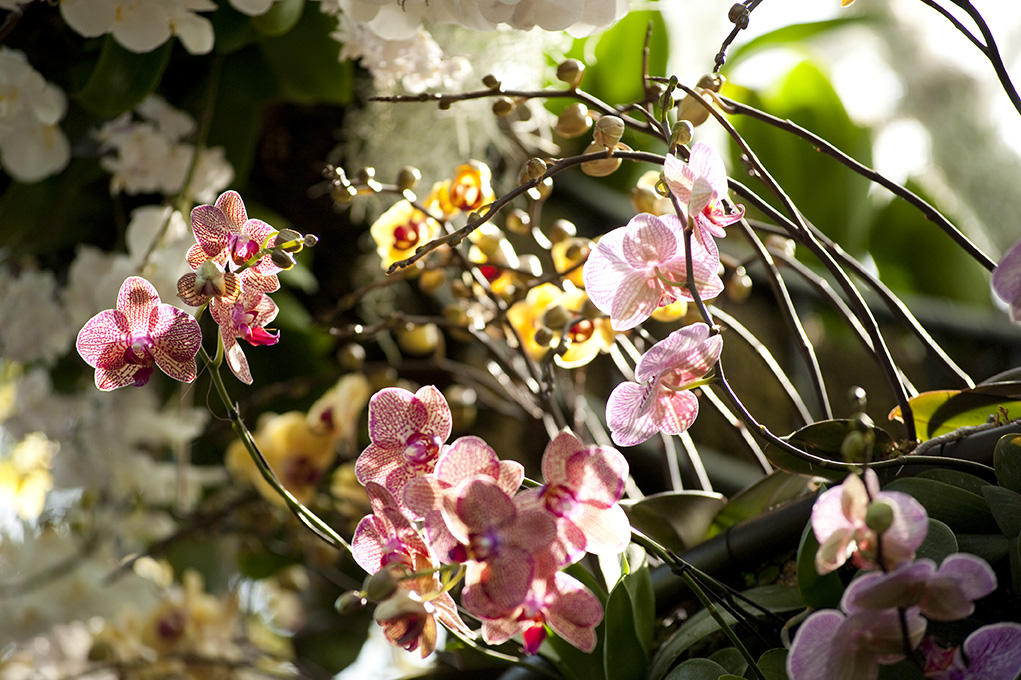
Posted in From the Field, Paola Pedraza-Peñalosa, Science on March 10 2011, by Plant Talk
Ed. Note: NYBG Scientist and Assistant Curator, Institute of Systematic Botany, Paola, Pedraza-Peñalosa recently returned from an expedition to the Colombian Andes where she was without electricity and the Internet. Upon returning to New York, she filed these briefs about her time in the field. Follow her journey on Plant Talk.
February 4, 2011; The findings, Las Orquídeas National Park; Antioquia, Colombia
Each day had its findings. Each day came with at least one amazing plant that brought all work to a stop. That plant could be one we thought was special because of its rarity (restricted geographic distribution), or one that locals use in some interesting way; sometimes a plant could be deemed special just because it is simply too beautiful. We have selected some of our favorite plants to share them with you.
More below.
Posted in Photography, Wildlife on March 10 2011, by Plant Talk
A pair of Great-Horned Owls make the Forest their home. Currently, the female is sitting on her nest inside of an old, dead tree. We can’t see if she has any eggs, but we can see the male, everyday, silently standing sentry over her. Isn’t he spectacular?
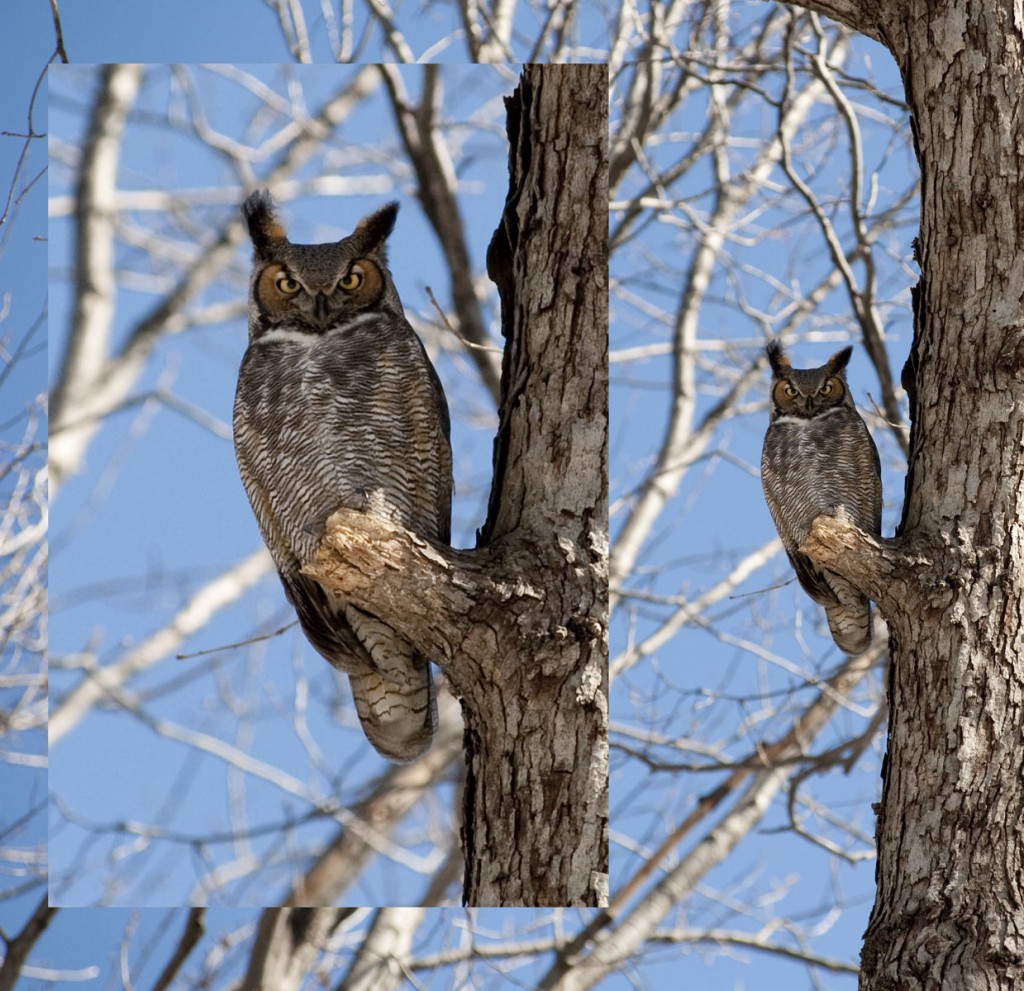
Mr. Owl (photo by Ivo M. Vermeulen)
Posted in From the Field, Paola Pedraza-Peñalosa, Science on March 9 2011, by Plant Talk
Ed. Note: NYBG Scientist and Assistant Curator, Institute of Systematic Botany, Paola, Pedraza-Peñalosa recently returned from an expedition to the Colombian Andes where she was without electricity and the Internet. Upon returning to New York, she filed these briefs about her time in the field. Follow her journey on Plant Talk.
January 31, 2011; A typical day botanizing in Las Orquídeas National Park; Antioquia, Colombia
So what exactly does a botanist do in the field? In the field we look for plants that are in reproductive state, those bearing flowers or/and fruits. Reproductive structures are necessary to differentiate between closely looking species. For each species, we collect flowers, fruits, and leaves; these samples are processed and later dried for future study. The dried and mounted plant samples are called herbarium specimens and they are known to last for hundreds of years.
More below.
Posted in Photography on March 9 2011, by Plant Talk
In honor of opening week at The Orchid Show: On Broadway, we are using “Morning Eye Candy” as an opportunity to introduce you to the cast of characters that play both the starring roles and the bit parts in the Garden‘s ode to all things orchid and Broadway.
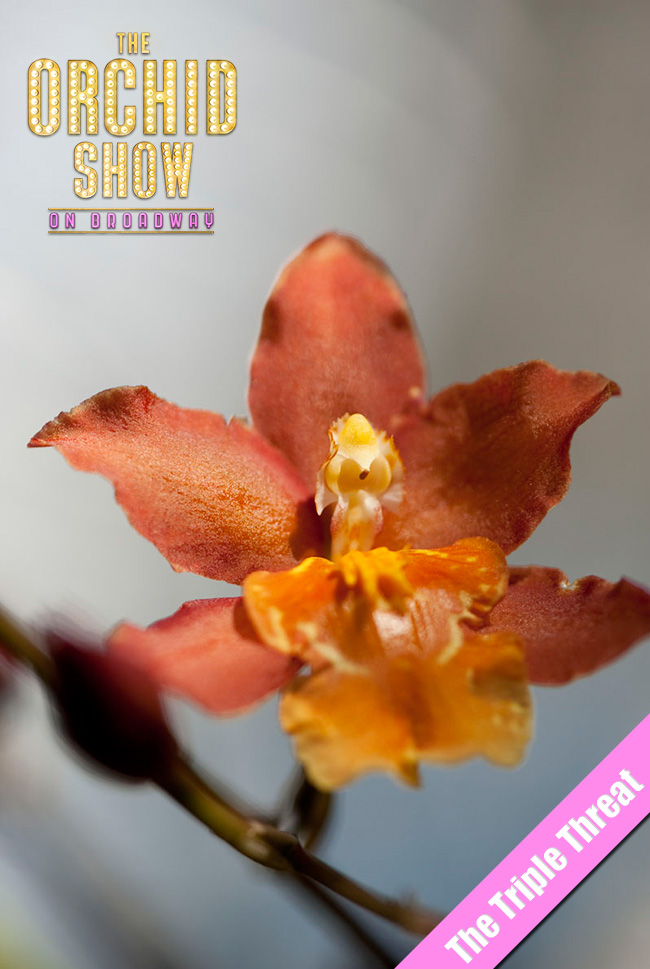
(photo by Ivo M. Vermeulen)
Previously Featured Cast Members of The Orchid Show: On Broadway:
The Gypsy
The Understudy
The Ingenue
The Diva
The Chorus
The Second Couple
The Director
The Leading Lady
The Leading Man
Posted in From the Field, Paola Pedraza-Peñalosa, Science on March 8 2011, by Plant Talk
Ed. Note: NYBG Scientist and Assistant Curator, Institute of Systematic Botany, Paola, Pedraza-Peñalosa recently returned from an expedition to the Colombian Andes where she was without electricity and the Internet. Upon returning to New York, she filed these briefs about her time in the field. Follow her journey on Plant Talk.
January 25, 2011; Arrival to Las Orquídeas National Park; Antioquia, Colombia
Las Orquídeas National Park is tucked into the westernmost mountain chain of Colombia, a part of the great Andean Cordillera. In the park the terrain is steep and rough and is crossed by many rivers and streams that originate in the upper part of the mountains. The constant presence of water makes these humid forests a source of abudant epiphytic plants. Epiphytes, like many bromeliads and orchids, are plants that grow on other plants without killing them. Epiphytes root in the humid mixture of mosses and decaying matter that cover the branches of the trees; they are a forest on top of the forest.
More below.
Posted in Gardening Tips on March 8 2011, by Sonia Uyterhoeven
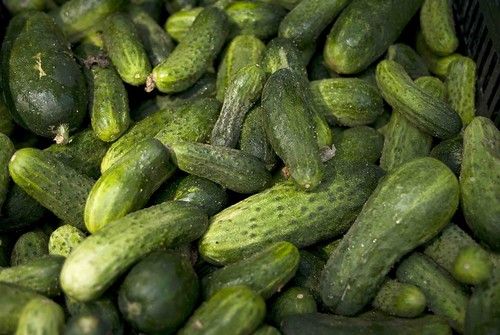 Many of you may be asking yourself; ‘what do plant breeders do in their spare time’? This thought never crossed my mind until I attended an in-house lecture at NYBG by an Israeli plant breeder. The plant breeder in question, Harry Paris, was born and raised in Brooklyn and has spent the past 30 years working and living in Israel.
Many of you may be asking yourself; ‘what do plant breeders do in their spare time’? This thought never crossed my mind until I attended an in-house lecture at NYBG by an Israeli plant breeder. The plant breeder in question, Harry Paris, was born and raised in Brooklyn and has spent the past 30 years working and living in Israel.
He opened the lecture by explaining his interest in history; as a plant breeder he maintained that it is easier to know where you are going if you know where you have come from. That’s food for thought whether you are discussing Curcurbit or life in general.
What is a Curcurbit? I was once named one of my home gardening demonstrations ‘Curcurbit Crafts’ and was asked to change the title due to the concern that the public would not know what they were in for. I tamed the title to ‘Autumnal Centerpieces’ and ‘Groovy Gourds’. Curcurbitaceae is the botanical family that includes cucumbers, squashes, gourds, pumpkins and melons.
Dr. Paris proceeded to explain how you investigate the history of a Curcurbit. He used an interdisciplinary approach where he drew information from botany, horticulture, food use, archeology, history, linguistics and iconography.
As the talk unfolded it became apparent that Dr. Paris was the Sherlock Holmes of the cucumber. He was tracking references back into the past – back to the Romans, the ancient Greeks, and ancient Egyptians.
Don't curb your curcurbit knowledge! Read on for more of Dr. Paris' 'cuke history lesson
Posted in Photography on March 8 2011, by Plant Talk
In honor of opening week at The Orchid Show: On Broadway, we are using “Morning Eye Candy” as an opportunity to introduce you to the cast of characters that play both the starring roles and the bit parts in the Garden‘s ode to all things orchid and Broadway.
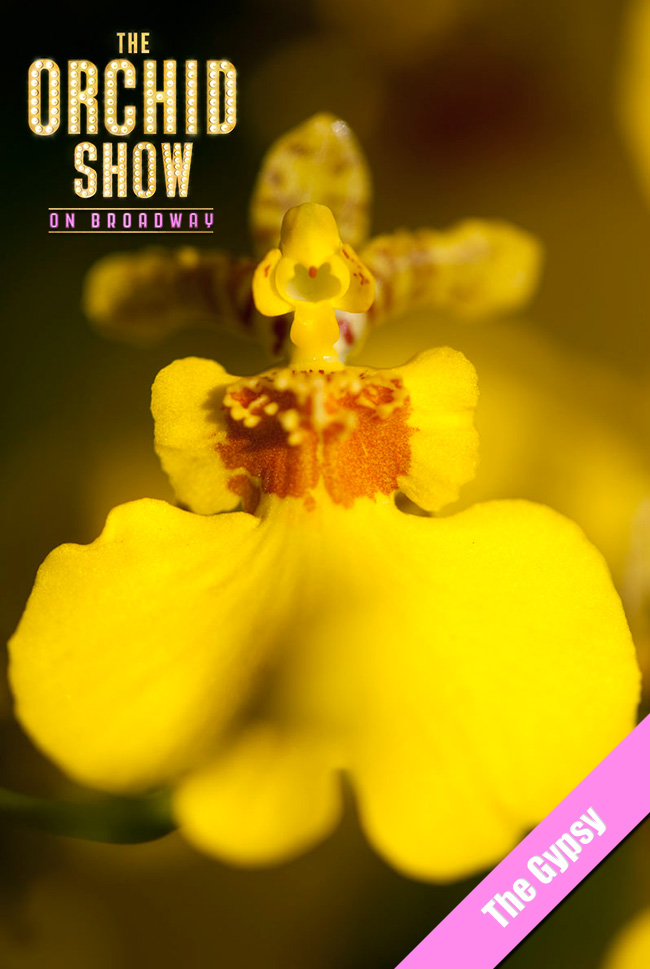
(photo by Ivo M. Vermeulen)
Previously Featured Cast Members of The Orchid Show: On Broadway:
The Understudy
The Ingenue
The Diva
The Chorus
The Second Couple
The Director
The Leading Lady
The Leading Man
 David Dew Bruner, Instructor, Landscape Design
David Dew Bruner, Instructor, Landscape Design






